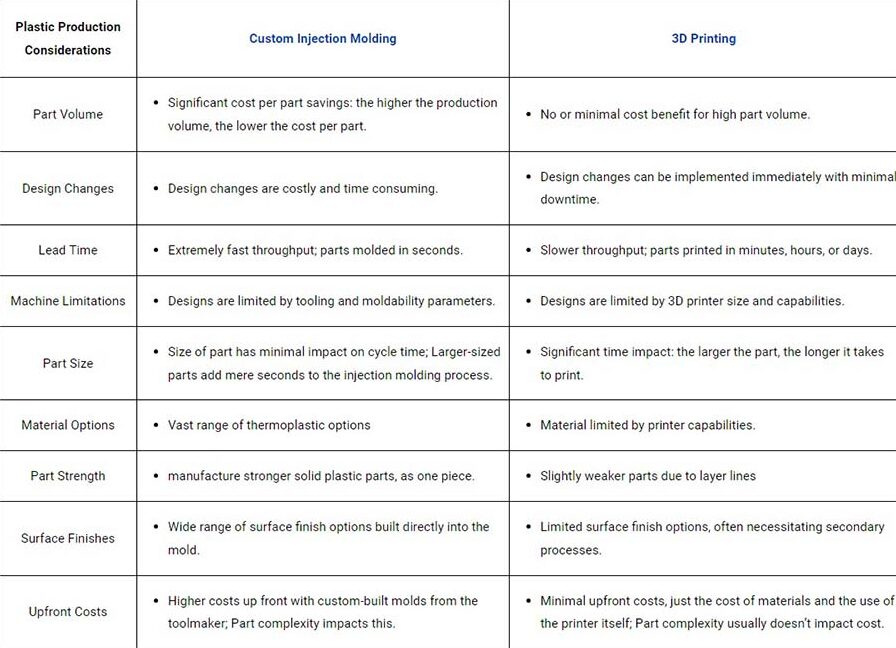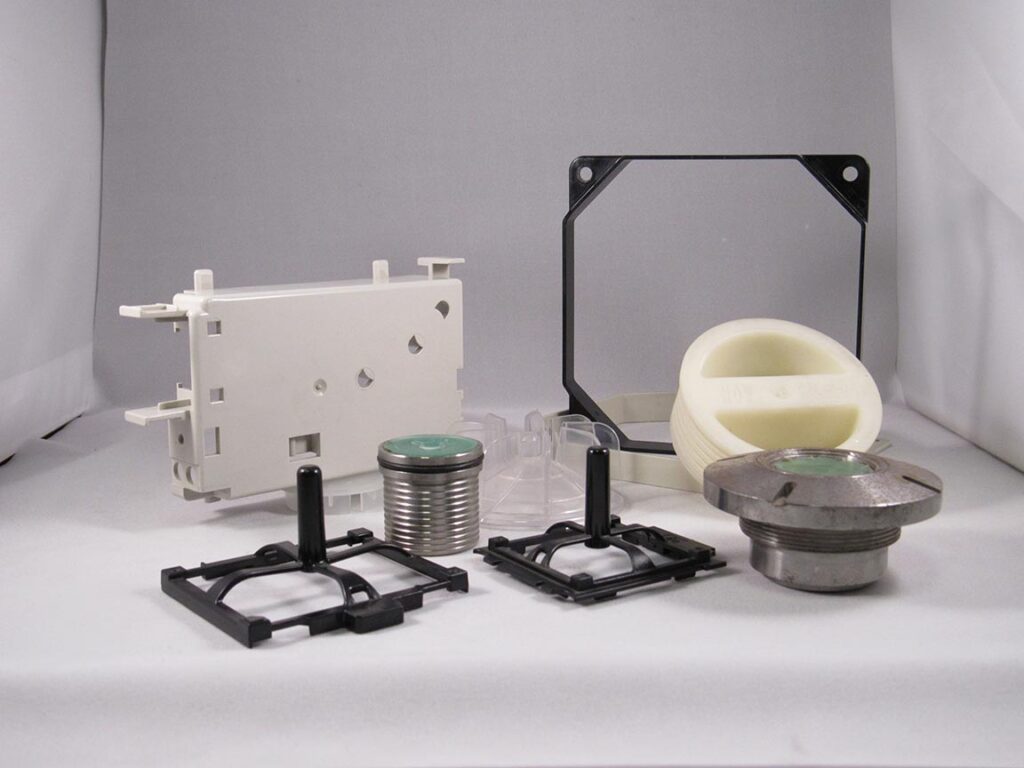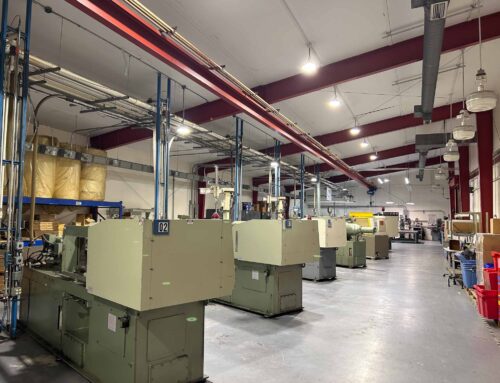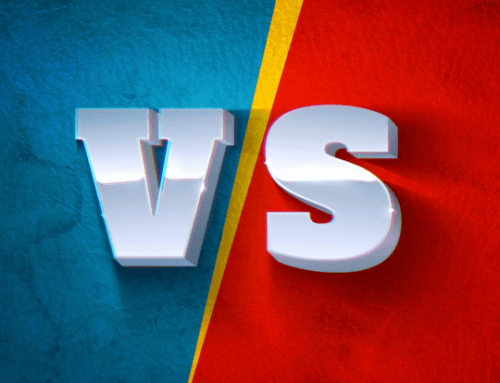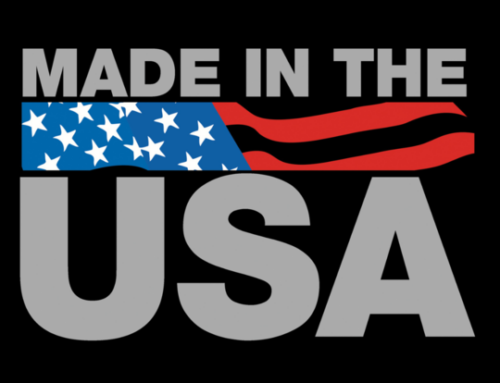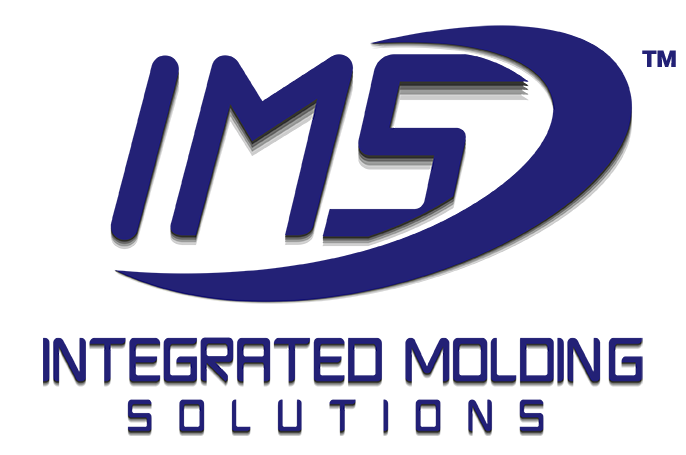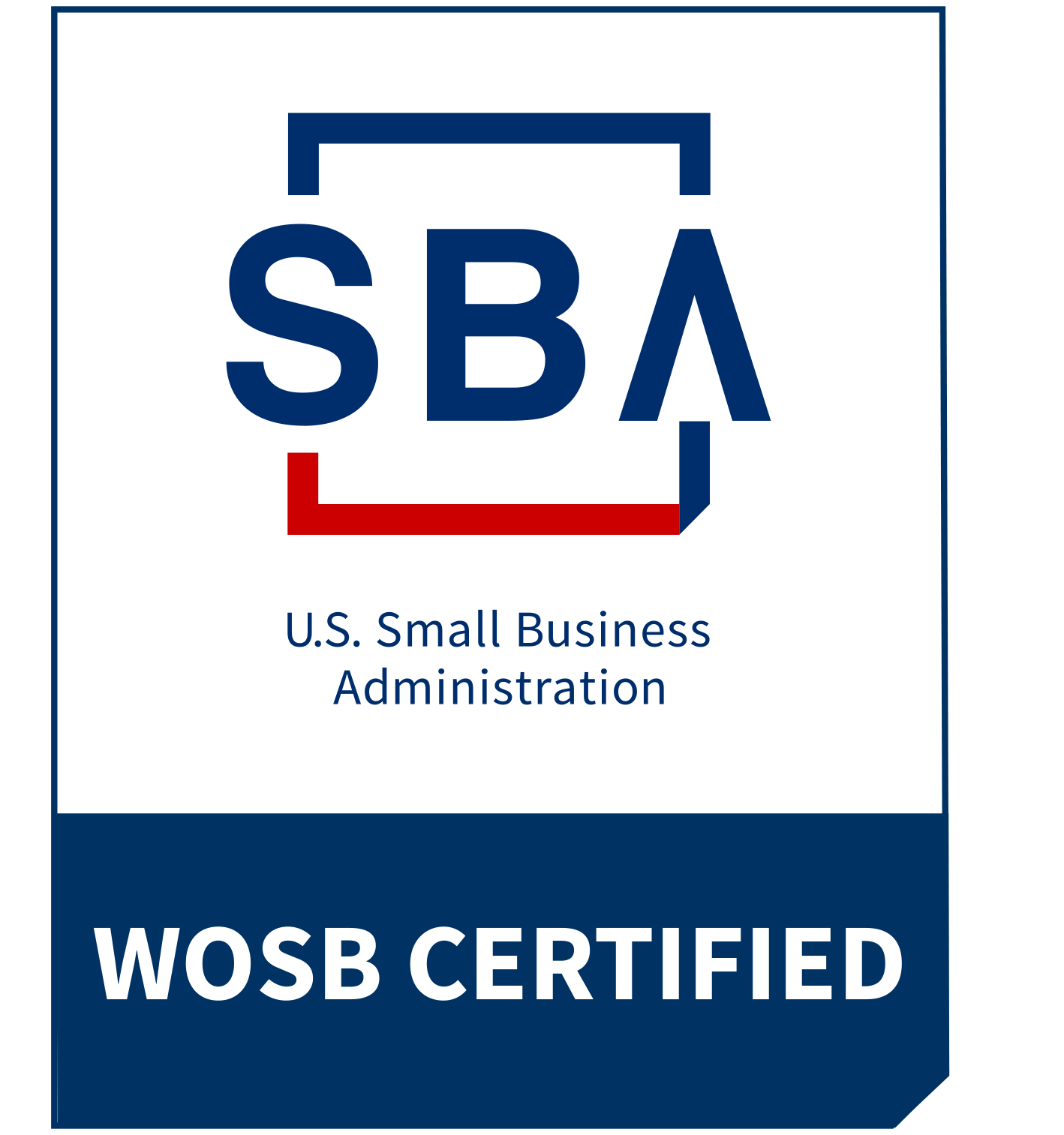Custom Injection Molding vs. 3D Printing
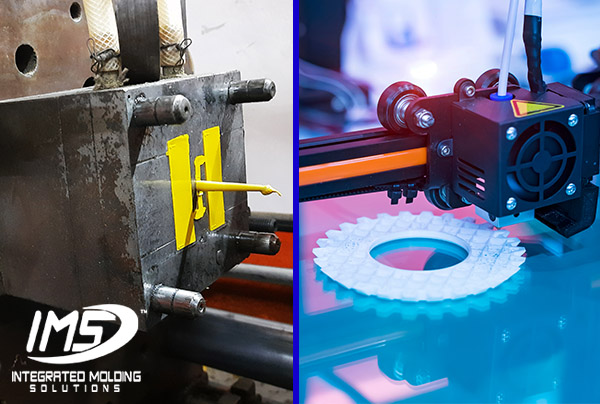
Custom injection molding and 3D printing are two prominent plastic manufacturing methods. Both options have notable advantages and disadvantages. Deciding which production method to choose will come down to your specific needs. Understanding the key differences between them can guide you in choosing the most appropriate method for your plastic part’s specific requirements. To discuss your specific project, give the experts at Integrated Molding Solutions a call today.
Plastic Production Method Selection Guide: Injection Molding Vs. 3D Printing
|
Plastic Production Considerations |
Custom Injection Molding |
3D Printing |
| Part Volume |
|
|
| Design Changes |
|
|
| Lead Time |
|
|
| Machine Limitations |
|
|
| Part Size |
|
|
| Material Options |
|
|
| Part Strength |
|
|
| Surface Finishes |
|
|
| Upfront Costs |
|
|
Explanation of Custom Injection Molding Vs. 3D Printing Factors
Part Volume for Custom Injection Molding
If you need a high volume of parts, injection molding is the way to go. IMS has the capability to run part production in two separate high volume categories: 200 to several thousand parts and thousands to millions of parts. Because you only pay for one plastic injection mold, the cost per part goes down when the volume goes up. Further, you can expect volume discounts on thermoplastic raw material, saving you more money.
Part Volume for 3D Printing
When it comes to high volume, 3D printing does not offer much in the way of cost (or time) savings. While our Polyjet 3D printer does have the capability to save a small amount of time on manufacturing multiple parts, production capacity still pales in comparison to injection molding.
Design Changes for Custom Injection Molding
Making changes to the part design once the injection mold has already been made is a complex process. You cannot simply modify the part; the mold design must be modified as well. This is both costly and time-consuming. When you partner with IMS for your custom injection molding needs, we ensure that your design has been proofed through 3D printing and then again in the T1 sampling stage during the mold-making process. This design proofing helps prevent the need for design changes during the tooling process or once the custom mold has been built.
Design Changes for 3D Printing
Design changes in 3D printing are significantly easier and can be implemented almost immediately. The only cost consideration is part material. The only time considerations are design time and machine time. For prototyping, which by nature often necessitates design changes, 3D printing is the way to go.
Lead Time for Custom Injection Molding
Throughput for custom plastic injection molding is extremely fast. Molten plastic is shot into the mold cavity with extreme speed and force. The plastic cools and hardens within seconds, leaving you with quality injection molded components. The difference in time between injection molding simple or smaller parts and larger or more complex parts is mere seconds, making custom injection molding the right choice if you need lots of plastic parts quickly.
Lead Time for 3D Printing
3D printing is a slower process, as parts are printed one layer at a time. Unlike rapid injection molding, 3D printing can take minutes, hours, or even days to manufacture a single part depending on part size and complexity.
Machine Limitations for Custom Injection Molding
Injection molding typically requires simpler geometries to ensure plastic part quality and ease of manufacturing. As the complexity of the mold tooling significantly increases costs, it is imperative that your part design is as simple as possible and avoids common injection molding design pitfalls. If you are unsure about how to tweak your part design to be optimized for the plastic injection molding process, IMS experts are here to help.
Machine Limitations for 3D Printing
The first constraint with 3D printers is the bed size or build platform. While complex designs are possible with 3D printing, they often require support structures to prevent the plastic component from collapsing during printing, especially for overhangs. These supports need to be removed post-printing, which can be labor-intensive and may leave unsightly marks. Further, the printer’s resolution, determined by the size of the nozzle and the movement precision of the printer, limits the fineness of detail achievable. Smaller features may not be accurately reproduced.
Product or Part Size for Custom Injection Molding
Part size has a relatively minor impact on production or cycle time. Larger parts only add seconds to the injection molding process. Keep in mind that larger parts require larger molds, which can translate to higher up-front costs.
Product or Part Size for 3D Printing
The larger a part, the longer it takes to 3D print. Parts that are larger than the printer’s build platform must be printed in sections and then assembled, which can affect structural integrity and aesthetics. Part size can increase lead time by minutes, hours, or even days.
Plastic Material Options for Custom Injection Molding
When it comes to custom injection molding, material options are practically limitless. Almost any thermoplastic raw material can be injection molded, which means that you can tailor your material selection based on part requirements. Injection molded plastics can be selected for strength, hardness, aesthetics, and more. Further, we can add a wide range of fillers or additives for increased part customization. If you need your molded part to be transparent once finished, custom injection molding is the way to go, as 3D printing material options generally do not allow for complete, or water-clear transparency.
Plastic Material Options for 3D Printing
Material options for 3D printing are relatively limited, though new options are becoming increasingly available. Depending on the type of 3D printer, your plastic material choices will be limited to FDM filament options or photopolymer materials.
Part Strength for Custom Injection Molding
With sound design practices, injection molded parts can be incredibly strong. During the injection molding process, molten plastic is shot into a custom mold, creating one solid plastic piece once the material cools and hardens. This solidity improves part strength. Within the wide range of material options for injection molding, a number offer impressive strength characteristics.
Part Strength for 3D Printing
3D printed parts are slightly weaker than injection molded parts, because of the nature of how they are constructed. 3D printed parts are printed one layer at a time, which means there are potential weak points between each layer.
Product Surface Finishes for Custom Injection Molding
Much like material options, surface finish possibilities are nearly endless for injection molded parts. It is, however, critical to choose surface finishes prior to tooling so that the mold can be built to deliver the correct surface finish.
Product Surface Finishes for 3D Printing
3D printing offers limited surface finish options. To alter the surface finish or remove layer lines, a secondary finishing process is required. Utilizing secondary processes, your parts can be sanded, vapor polished, or painted to meet your needs.
Upfront Production Costs for Custom Injection Molding
Custom injection molding comes with a large upfront cost. Building a custom mold can be expensive. Part complexity and part size impact tooling costs. The more complex the mold, the more expensive it is to build. This upfront cost is likely worth it for high volume part production, as the cost per part goes down as volume increases. Ideally, your mold will pay for itself with enough production runs.
Upfront Production Costs for 3D Printing
There are almost no upfront costs when it comes to 3D printing. All you need to invest in is the material and the 3D printing services. Further, complexity does not add to the cost of the part itself.
How to Choose? Plastic Injection Molding or 3D Printing
Ultimately, the choice between custom injection molding and 3D printing depends on the specific requirements of your project, including production volume, part complexity, material needs, and budget constraints. Partnering with a plastic parts manufacturer who understands these factors will help you make an informed decision that aligns with your project’s goals and needs.
Generally, projects that require many hundreds or thousands of parts will be more cost-effective and time-efficient to injection mold. For smaller part runs or for prototyping, 3D printing is likely the way to go. IMS engineers are always here to answer your design, injection molding, and 3D printing questions. Count on us to guide you through our 3D printing and custom injection molding services in more detail to select the manufacturing process that’s right for you. Contact Integrated Molding Solutions today.

